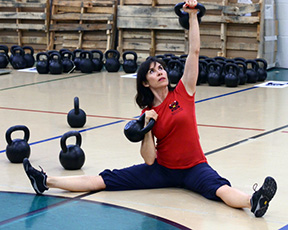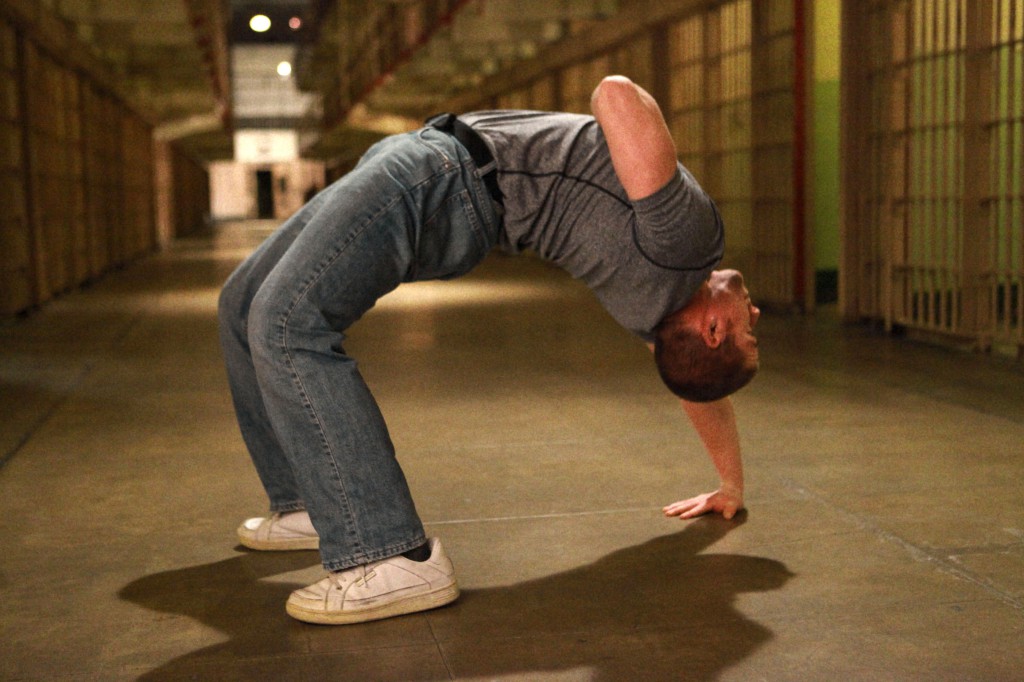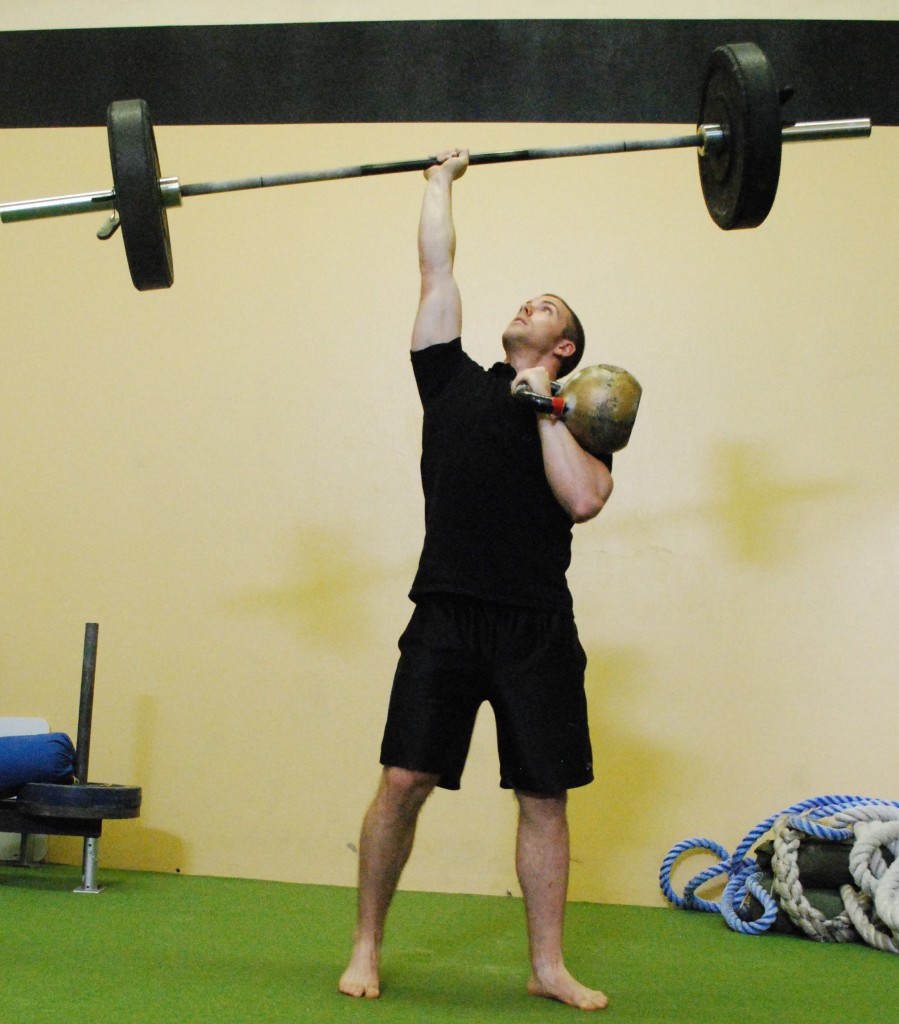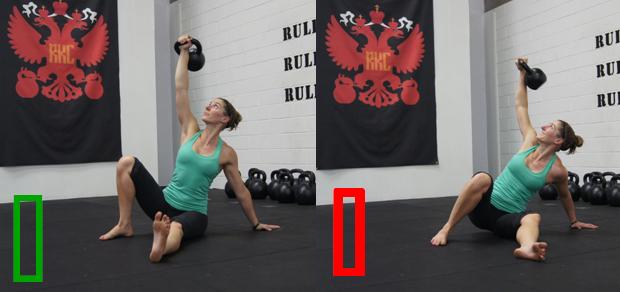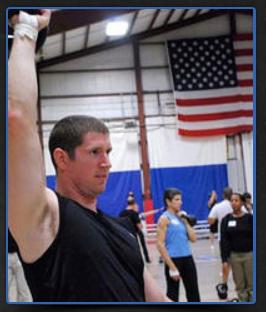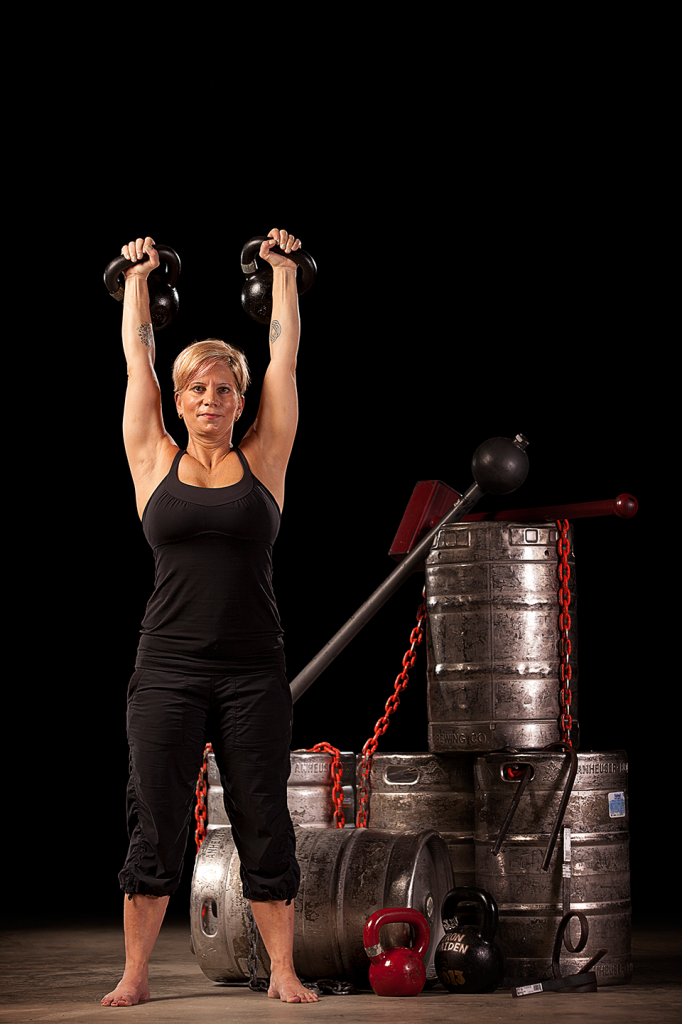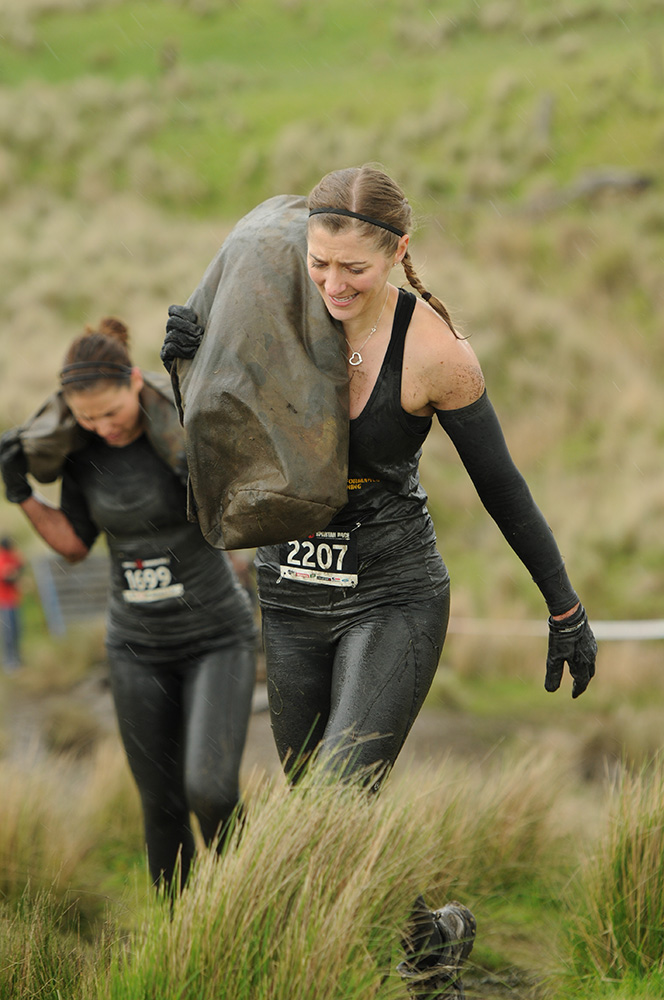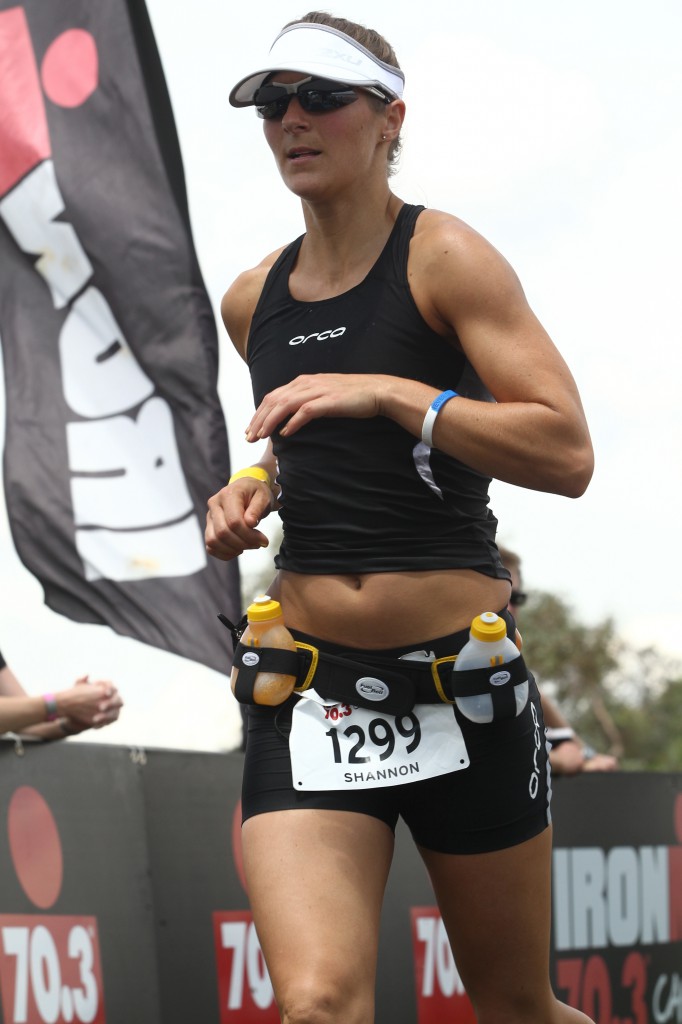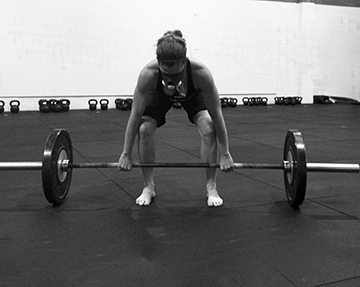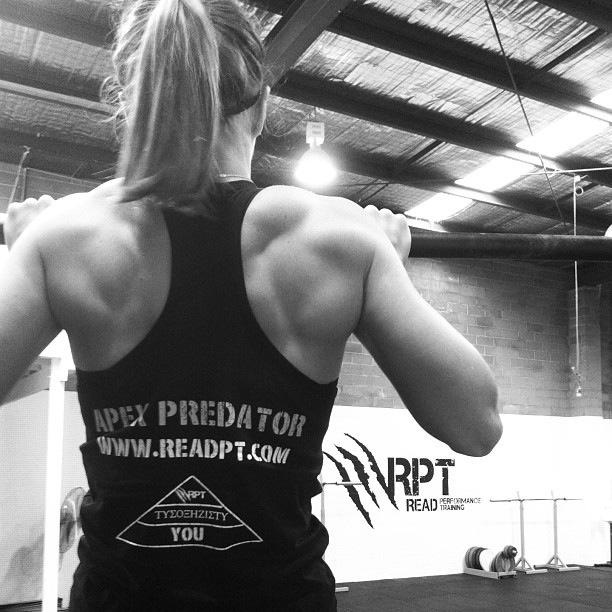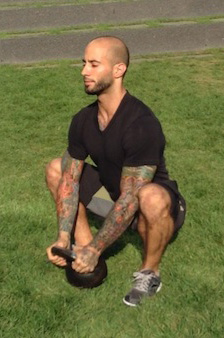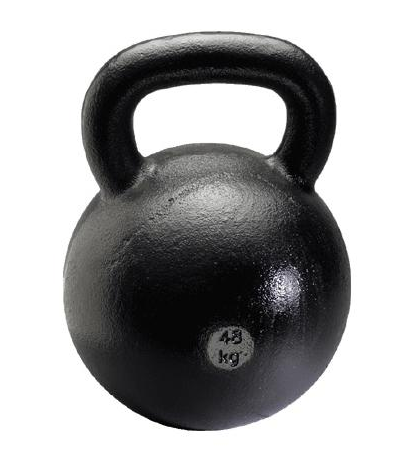
Life is hard and most of us are facing the very real prospect that what we’d like to do is limited by what we can actually achieve. For those of us who are trainers we see clients every day who are limited by their range of movement more than their lack of desire.
The fitness world has made a killing from creating ways for you to exercise and add stress to the body even when you shouldn’t. By putting you in a seated position and using fixed planes of motion equipment manufacturers have actually made the problems worse, not better.
For many the goal of a heavy kettlebell press can seem very far off. Most likely this is for people training for RKC II, but it is a good goal for those who have no desire to ever attend a certification too. The most common pressing goal is a half-bodyweight press so let’s use that as the end goal.
One of the things that needs to be said right upfront is that if you have problem shoulders this is not the program for you. Pressing heavy requires pain free mobile shoulders. If you cannot achieve a solid overhead position with arm vertical and locked out then you need to address that before embarking on a press specialization plan. Remember – mobility before stability/ motor control. Stability before strength.
When planning a session to get big loads overhead you still want to make sure you tick all the right boxes during the warm up to make sure the body is primed and ready to go. A good place to start is with some mobility work – think of this as insurance, and a final double check to make sure that we really are in the right shape to get that heavy load overhead.
The main focus of the session is getting used to lifting heavy bell/s. Because we can’t yet press our goal bell we need to come up with some alternatives to get the body used to having that supramaximal weight locked out overhead as well as teach the body how to deal with getting it to the rack.
Warm up:
- Foam roller T-spine.
- Rib Pull x 10 reps each side.
- Armbar x 10 breaths each side.
- Get ups x 1 each x 3 with progressively heavier weights (ending one bell below your goal press bell. i.e. if you goal press is 40kg then you might go 28kg, 32kg, 36kg).
- Clean and press ladder 1 x 1-2-3-4-5 with a bell you are comfortable with.
- Clean weight ladder. Perform 3 sets of successively heavier cleans, performing 3 reps each side. Finish with goal press bell. i.e. if my goal press is the 40kg you would use 32kg x 3/3, 36kg x 3/3, 40kg x 3/3.
- Push press x 3 sets of 2 reps with goal press bell.
- Two hand swings x 2 sets of 20 reps. Use a light bell. This is active recovery and to help get the tension out from the heavy work.
- Heavy get up x 3 x 1 each side. Use a bell one higher than your goal press bell. i.e. if the goal press bell is 40kg then use the 44kg.
- Clean the same bell x 3 each side.
- Three successively heavier presses. i.e. if the goal press bell is the 40kg then do 32kg x 1, 36kg x 1, 40kg x 1.
***
About Andrew Read, Master RKC, Dragon Door Australia: Andrew Read, Master RKC, Author of Beast Tamer, is head of Dragon Door Australia and Read Performance Training. Recognized as Australia’s leading functional strength trainer he is a regular contributor to Blitz, Inside MMA, International Kickboxer, Oxygen, Ultrafit and Breaking Muscle. His coaching background spans nearly twenty years having worked with many Olympic and world championship level athletes.
 I remember being a newly minted RKC back in 2009. I couldn’t wait to get back and start training clients. I had a head full of knowledge and a heart full of pride and excitement.
I remember being a newly minted RKC back in 2009. I couldn’t wait to get back and start training clients. I had a head full of knowledge and a heart full of pride and excitement.